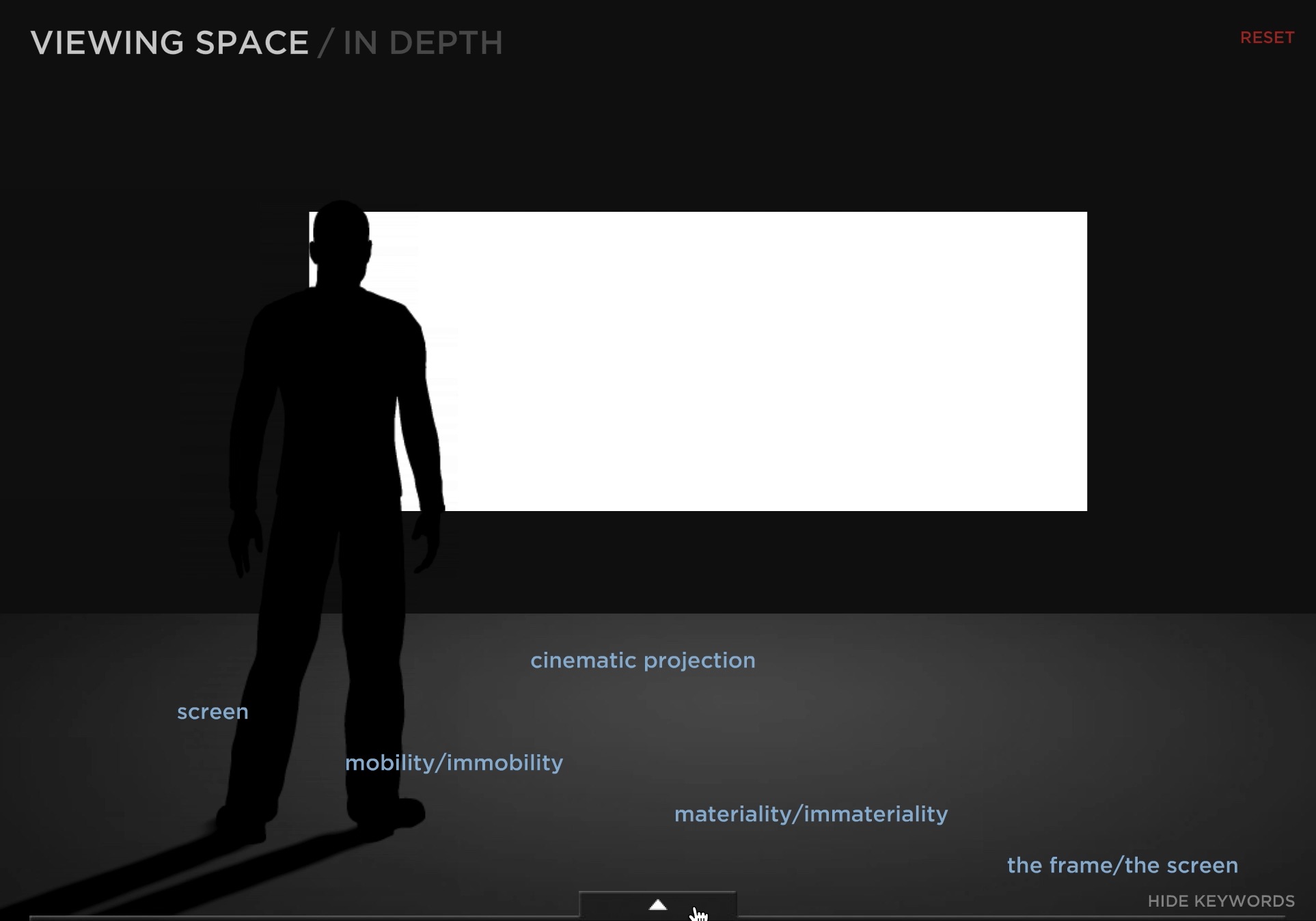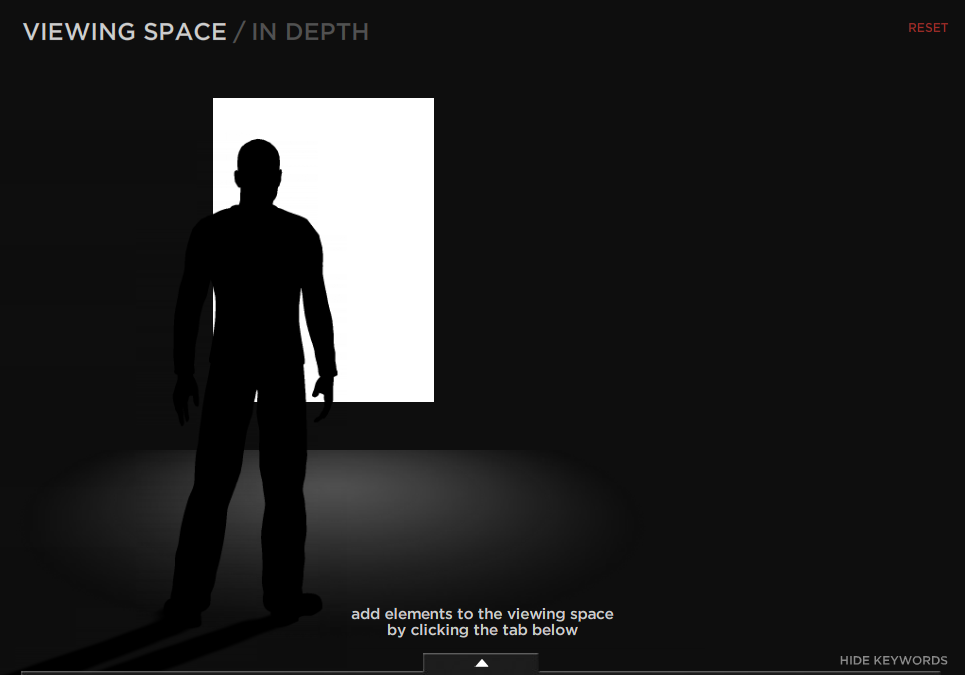

Like the optical devices it investigates, “Willful Spectacles” reveals a complex and miniaturized monad that stands in for a shifting world where public space, its views and viewers were gendered, classed, and open to contestation. It comprises an in-depth inspection of Scottish archives that details the tactics, tensions and controversies surrounding the mysterious Miss Short and her popular observatories, and uncovers a history of scientific ambition and struggle that helps illustrate the culture in which they operated. My research, pursued from a perspective of feminist media studies, explores how an unknown but willful spinster came to display this splendid apparatus and exhibit “the sublime truths of science” before the mid-nineteenth-century emergence of public museums and in defiance of municipal leaders, who would see to the demolition of her first venture. In a towertop walk-in optical device, spectators stand in the dark around a touchable tabular screen while operators manipulate the capture and projection of a live, vivid and moving image of the city, which they present as a virtual guided tour. Yet one of the foremost and oldest purpose-built attractions in Edinburgh boasts an extraordinary history that speaks directly to such absences.

Whereas most accounts abstract the camera obscura as a teleological forerunner and foundational component of inscriptive optical media, or as a metaphor of disembodied and distantiated vision, they overlook its use as a nineteenth-century exhibition apparatus, especially in connection to women and scientific spectacles.

An archival study of the forgotten founding of Edinburgh’s Camera Obscura by Maria Theresa Short addresses this shortcoming and explores a device that is itself marginalized by media scholarship. Histories of old media generally locate women on view and in the audience, but rarely position them as owners or operators in control of a screen.


 0 kommentar(er)
0 kommentar(er)
